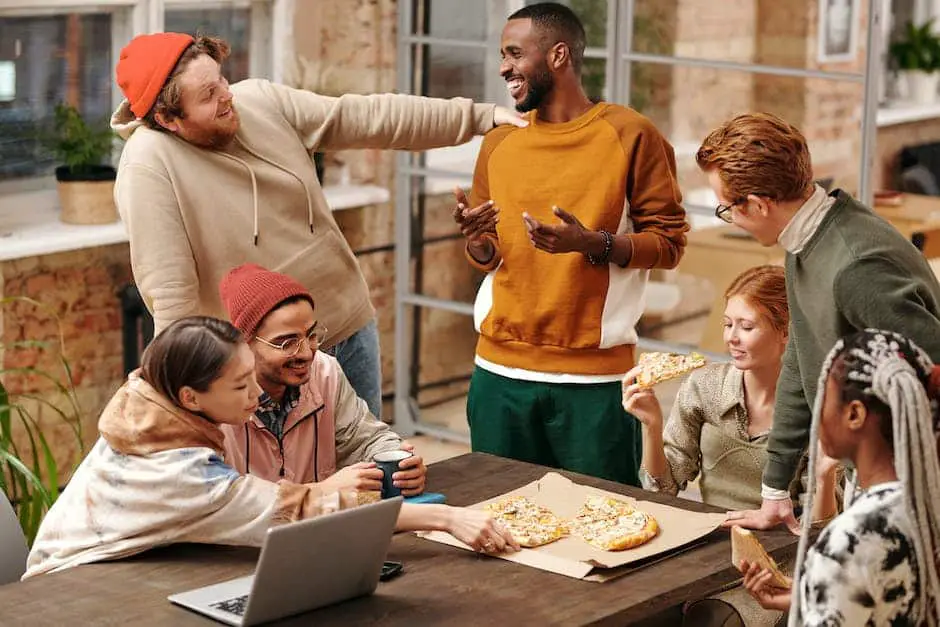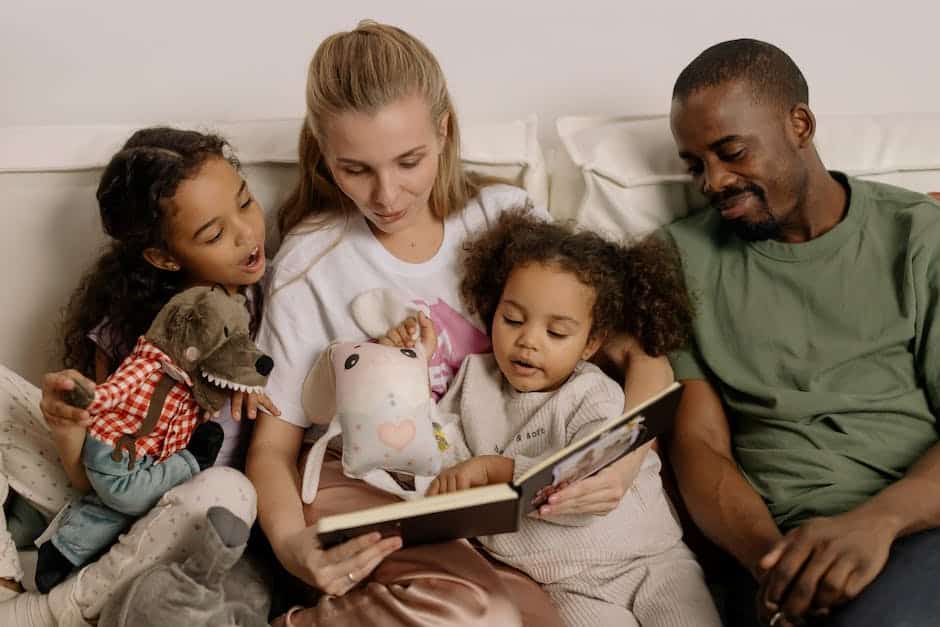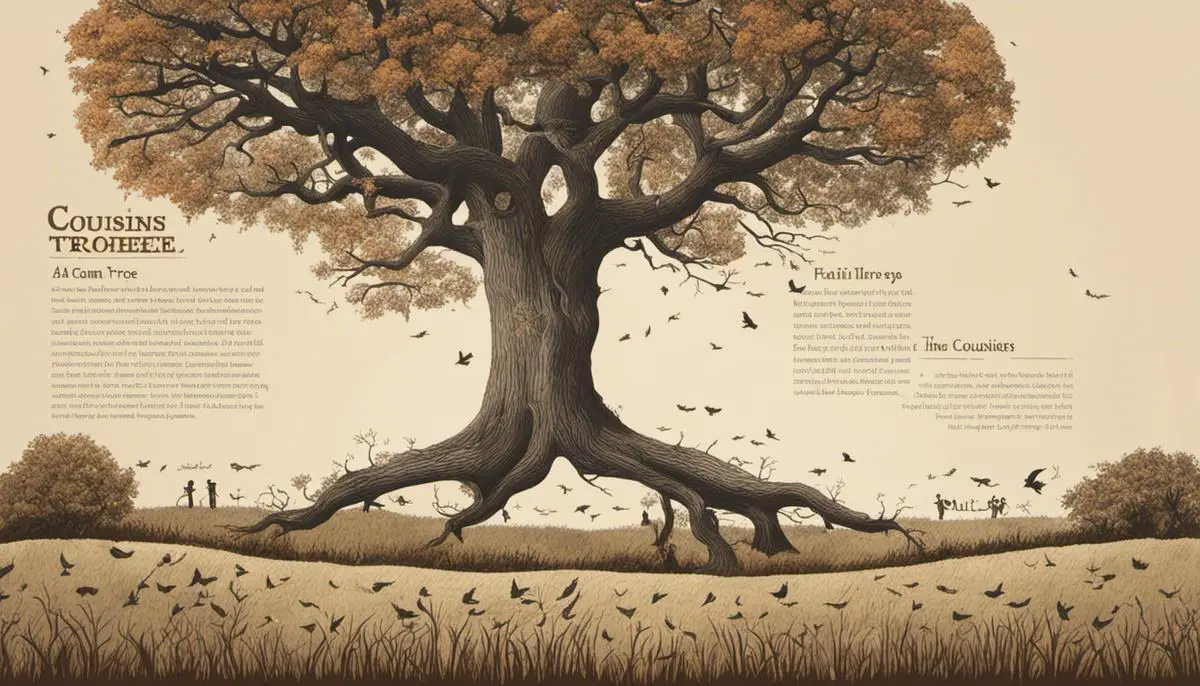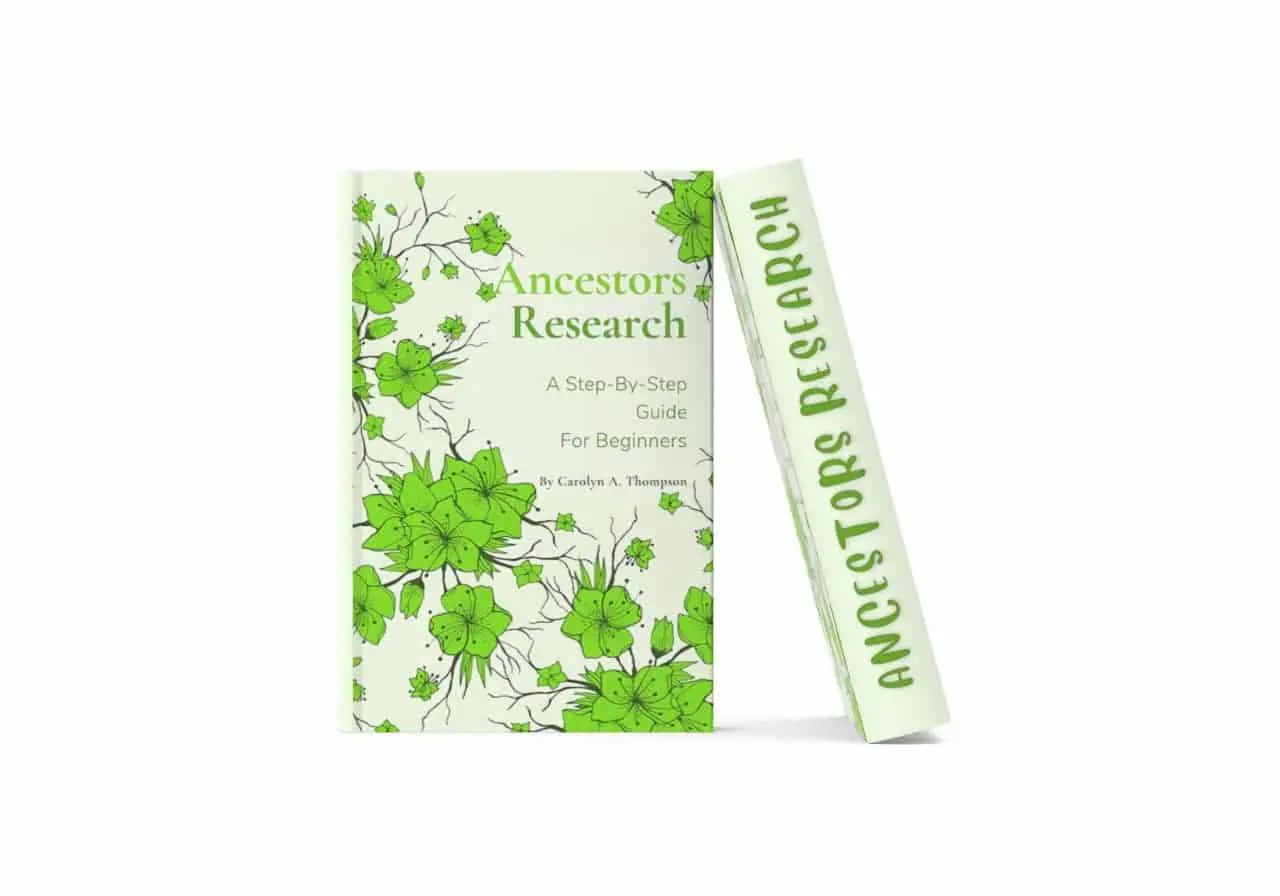Understanding family relations can sometimes be a complex process, particularly when it extends beyond the immediate circle.
The term ‘cousin’ is commonly used, but what does it really mean and what are its different types? In this context, we set out to explore three family relationships: cousins, first cousins, and first cousins once removed.
We peel back the layers of the family tree, explaining how these relationships are formed and their importance to the fabric of family life.
🌟 Unravel the Ties That Bind! 🌟
Fascinated by the web of your family connections? Delve into our article, where we clarify ‘family relationships’ in their entirety, from the basics to the captivating notion of double relatedness.
👉 [How to Decipher The Meaning of Family Relationships] 👈
✨ Check Out My Go-To Tools And Resources:
Visit my new Resources Page to see the tools, resources, and companies I use and recommend for my website and YouTube channel. Curated for efficiency and creativity!
👉 Explore: [Tools And Resources]
Meaning of Cousin
Understanding family relationships can sometimes feel like unraveling a ball of wool, especially when it comes to cousins.
So, what precisely is a cousin? Put simply, a cousin is the child of one’s aunt or uncle. These are the individuals who fill family gatherings with enthusiasm and bring diversity to our family tree.
They add a certain richness to our family experience, creating unforgettable memories of shared vacations, holidays, and play dates.
However, things can get a little complex with terms such as “first cousin,” “second cousin,” and the perplexing “once removed” or “twice removed.”
Here’s a simple way to remember it: The term “first cousin” refers to the children who share the same grandparents.
Meanwhile, “second cousins” share great-grandparents, and so forth. The “removed” concept comes into play when we talk about generations. For instance, your first cousin’s child would be your first cousin once removed.
Understanding these familial terms adds a pleasing dimension to our family narratives. It’s always exciting and insightful to explore the branches of our family tree and realize the extent of our kinfolk.
Having a grasp of the cousin concept also makes family gatherings so much more fun and interesting, turning them into opportunities for learning and relationship-building.
So next time a lively family gathering comes around, embrace the cousin chaos because it’s not just about sharing the same ancestry; it’s about forging ties that could last a lifetime.

Unveiling First Cousins
- Let’s delve a little deeper into understanding this special bond with our first cousins.
- First cousins are the children of our aunts and uncles on both sides of our family.
- They share with us grandparents, and we realize this further muddles the family picture.
- Yet, these shared experiences, histories, and yes, grandparents, make our relationships with our first cousins distinctly profound.
First cousins occupy a unique, central place in our family structure. Think of it this way: your family tree is like an ecosystem, and everyone has a part to play.
The role of this particular branch—the first cousin branch—is as the connection between two family lines.
We share one set of grandparents, but from there, our family lines diverge, leading to different sets of parents, siblings, and more.
Our first cousins offer us a different perspective on our family stories, a glimpse into the other branches of our shared family tree.
Engaging with our first cousins adds a rich layer to the texture of our family life. In our formative years, they could be our best friends (and sometimes, our fiercest rivals!) at family gatherings.
These bonds often endure into adulthood as we each carve out our own paths and start families of our own.
No one quite understands the unique dynamics, stories, and eccentricities of your family like your first cousins.
They can often be a refuge of understanding, reminiscing about family quirks or secret apple pie recipes only the two of you would get.
It is these connections, these shared memories and experiences, that highlight the beauty of the cousin relationship.
A tribe knitted together by the same story yet bound by branches that offer a world of experiences.

Decoding First Cousin Once Removed
Continuing the journey down the beautifully complex tree of family connection, let’s dive into what ‘first cousin once removed’ truly means.
To put it simply, your first cousin, once removed, is the child of your first cousin or the cousin of your parent.
This term “once removed” signifies a difference of one generation. Thus, twice removed would mean a difference of two generations, and so on.
This can seem like a whirlwind of terms, but the beauty lies in unlocking the chains of familial connections.
Imagine being at a family gathering, and instead of simply introducing your cousin’s daughter as just that, you smile and say, “Meet my first cousin once removed.”
Using these terms adds a rich layer to your family narrative and brings you closer to understanding the intricate web of ties that bind your family together.
As a family, remembering and embracing these terms not only enhances the sense of unity but also promotes the transmission of culture and heritage across generations.
It encapsulates the unique blend of similarities and differences within a family. The relationship with a first cousin once removed is special.
It provides an opportunity to share different experiences, perspectives, and insights. You’re connected through an enduring bond but from various vantage points on the family tree.
Together, all the branches—first cousins, second cousins, and those once or twice removed—weave a beautiful tapestry telling the remarkable story of your family’s journey.

So, now you are armed with the knowledge of what ‘cousin’, ‘first cousin’, and ‘first cousin once removed’ mean.
Understanding these family ties not only helps to unravel our own family structure but also establishes a connection with our roots.
As we delve deeper into our family backgrounds, we realize that every relationship adds a distinctive layer, enriching our sense of identity and belonging.
After all, family is more than just DNA; it’s shared histories, love, and respect. With this newfound understanding, may you navigate your family tree with ease and enrich your connections.
Conclusion: Understanding the “Cousin Once Removed” Connection
In conclusion, the concept of a “cousin once removed” may initially seem like a perplexing thread in the intricate fabric of family relationships.
However, with the insights and explanations provided, it becomes a fascinating aspect of our genealogy that enriches our understanding of familial connections.
As we navigate the branches of our family trees, recognizing and appreciating the precise nature of these relationships not only deepens our connection to our heritage but also strengthens bonds with extended family.
By now, you should feel confident in identifying and explaining what a “cousin once removed” is, paving the way for more meaningful family reunions and conversations.
Whether you’re introducing relatives at a gathering or piecing together your ancestry, knowing these specific kinship terms is an invaluable part of your familial legacy.
So the next time you come across the term “cousin once removed,” you can proudly share what you’ve learned and celebrate the diversity and depth of your family’s history.
Frequently Asked Questions (FAQ)
- What does ‘first cousin once removed’ mean in family relationships?
- A ‘first cousin once removed’ can be either the child of your first cousin or your parent’s first cousin. It’s a way to describe the one-generation gap in the cousin relationship.
- How do I figure out who my ‘cousin once removed’ is?
- To identify a ‘cousin once removed,’ start with your first cousins and move one generation up or down. If it’s your cousin’s child, they’re your cousin once removed; if it’s your parent’s cousin, they’re also your cousin once removed.
- Is a ‘second cousin’ the same as a ‘cousin once removed’?
- No, a ‘second cousin’ shares great-grandparents with you but is from the same generation, while a ‘cousin once removed’ is from a different generation but shares a closer ancestor.
- Can you explain what ‘double related’ means in cousin relationships?
- Being ‘double related’ to someone means you’re related through two different lines of your family, for example, if two sisters marry two brothers, their children would be double first cousins due to sharing both sets of grandparents.
- Why is it important to understand ‘cousin once removed’?
- Understanding the term ‘cousin once removed’ helps in accurately identifying family connections, tracing genealogy, and recognizing kinship for personal, cultural, or legal reasons, such as inheritance or health history.









